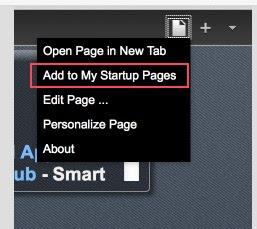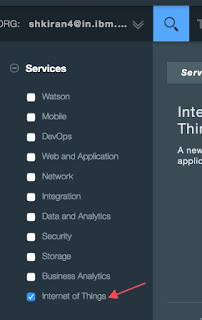Shashi Kiran shared a post with you on Google+. Google+ makes sharing on the web more like sharing in real life. Learn more.
Join Google+ | View or comment on Shashi Kiran's album » |
| You have received this message because Shashi Kiran shared it with kiranshashi.cygwin@blogger.com. Unsubscribe from these emails. You can't reply to this email. View the post to add a comment. Google Inc., 1600 Amphitheatre Pkwy, Mountain View, CA 94043 USA |  |






































